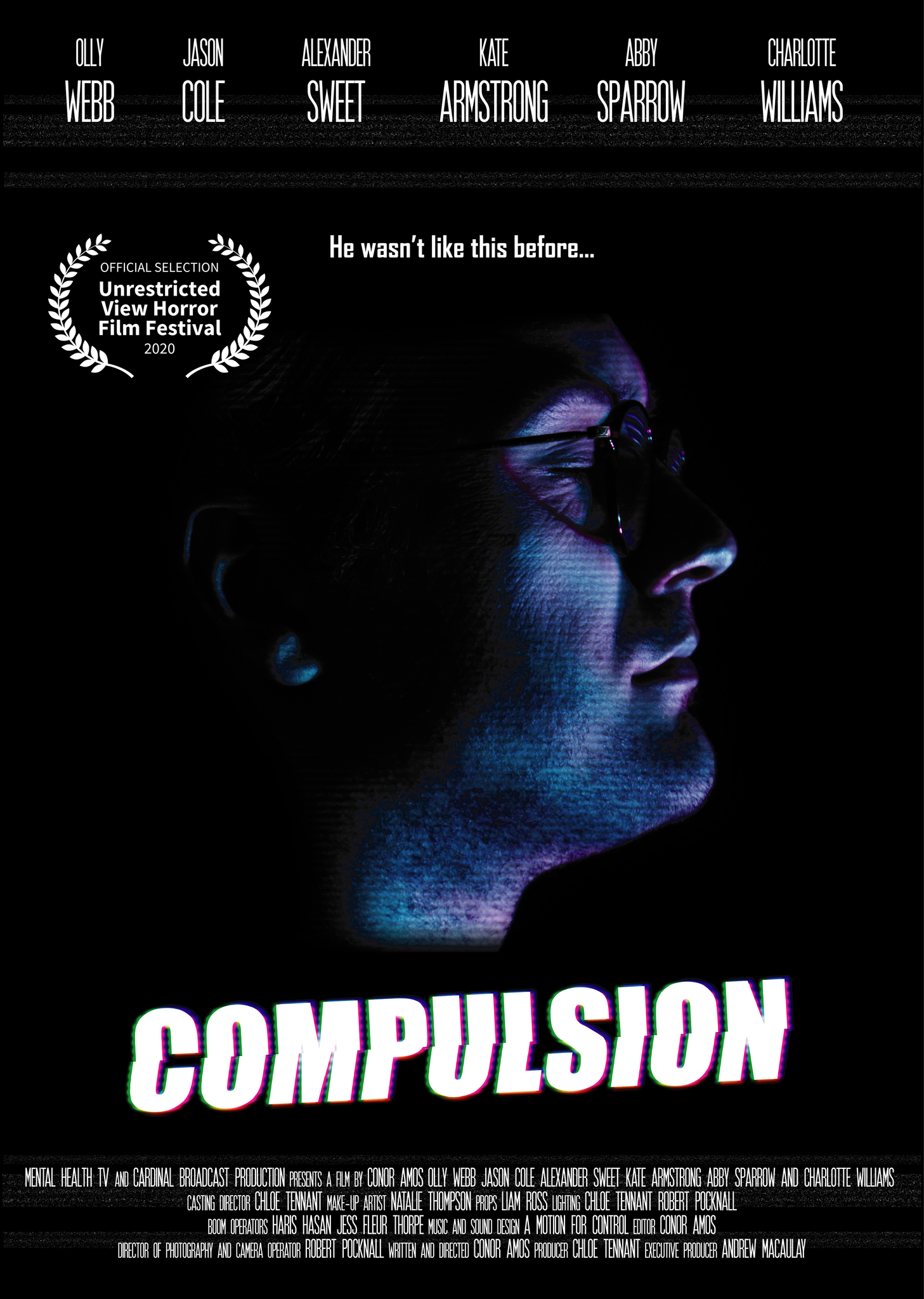OBSESSIVE COMPULSIVE DISORDER
WHAT IS OCD?
Obsessive-compulsive disorder (OCD) affects 2 to 3 % of people over a lifetime, regardless of gender.
Obsessive-compulsive disorder (OCD) is an anxiety disorder that is characterised by unwanted and intrusive thoughts. These thoughts are then followed by rituals and compulsions, which are aimed at reducing the anxiety caused by the intrusive thoughts. Therefore, people with OCD usually feel responsible for things that happen around them and tend to obsess over small things. Ultimately, it may seem impossible, but there are treatments available for OCD that can significantly improve the condition. Check out the 9 Symptoms of OCD and what causes it.
Exposure – Response Prevention Therapy and Our Case Study:
Exposure–Response Prevention Therapy is a psychological intervention for treating anxiety disorders. It involves gradual exposure to anxiety-inducing stimuli and preventing anxiety-related behaviours. A case study showed significant improvement in anxiety levels and related behaviours. This therapy holds promise for treating anxiety disorders.
The program demonstrates an instance of Exposure Response Prevention (ERP) therapy and elucidates how it works. The Woman in the program suffered intrusive thoughts manifesting as an irrational fear of accidental peanut ingestion, resulting in death. While a severe peanut allergy would justify such concerns, that was not the case, as the Woman in question is not allergic to peanuts. Consequently, she compulsively washes her hands several times and avoids contact with objects she perceives as contaminated.
Washing Hands
Image showing Therapy
How Does Exposure-Response Prevention Therapy Work?
Across the course of the therapy session, the patient discussed her fear of contamination with the therapist. The initial phase of the exposure therapy involved the gradual progression from being in the same room as a Snickers bar to holding it. Throughout this process, the patient was vigilantly supervised and prohibited from washing her hands. The primary aim of this form of therapy was to gradually challenge the anxiety for a prolonged period, leading to a significant reduction in fear. Later on, as the treatment progressed, the patient was ultimately able to take a bite of the Snickers bar – a task that her OCD had previously prevented her from doing for several years.Acr
Other Treatments for Obsessive Compulsive Disorder:
Obsessive-compulsive disorder (OCD), a psychiatric disorder characterised by intrusive thoughts and compulsive behaviours, can be treated through a variety of methods. Other treatments include counselling, other talking therapies such as cognitive behavioural therapy (CBT), and medication. In clinical practice, Serotonin-sensitive re-uptake inhibitors (SSRI antidepressants) are the most commonly prescribed medication for managing the anxiety associated with OCD.
How do these Medications work?
These medications work by increasing the availability of serotonin in the brain, which can help alleviate symptoms of anxiety and depression. It is worth noting that the effectiveness of medication in treating OCD may vary from person to person, and treatment plans should be individualised based on the patient’s needs and preferences. For help and support, check out OCDAction or OCDUK for support and information.
Snickers Bar
Compulsion is an engaging, narrative-driven, surreal and informative horror short film that depicts the struggles of Obsessive-Compulsive Disorder (OCD). “The story follows a Teenager named Joe, who struggles with Obsessive-Compulsive Disorder (OCD), causing them to live in a world of routine and ritual. When Joe’s routine and Ritualistic world are disturbed by the presence of their friends, they are plunged into a nightmare world of his own creation. In this world, they must confront the spectres of the past and alleviate the stranglehold of their mental illness”.

© 2022 All Rights Reserved.
